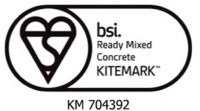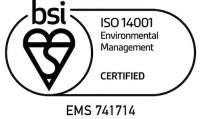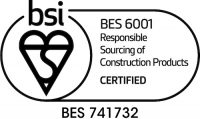The Ultimate Guide to Volumetric Concrete
There are a few different types of concrete, and in this guide, we are going to focus on volumetric concrete, giving you all the information you need to understand it.
Volumetric concrete is mixed on site at your premises, right in front of you. The main benefit of this is that it allows for last minute changes as the mix is made - this is particularly useful if there are sudden changes in weather, as concrete can be adversely affected by the elements. It’s also useful if you discover you need more or less concrete than originally thought.





